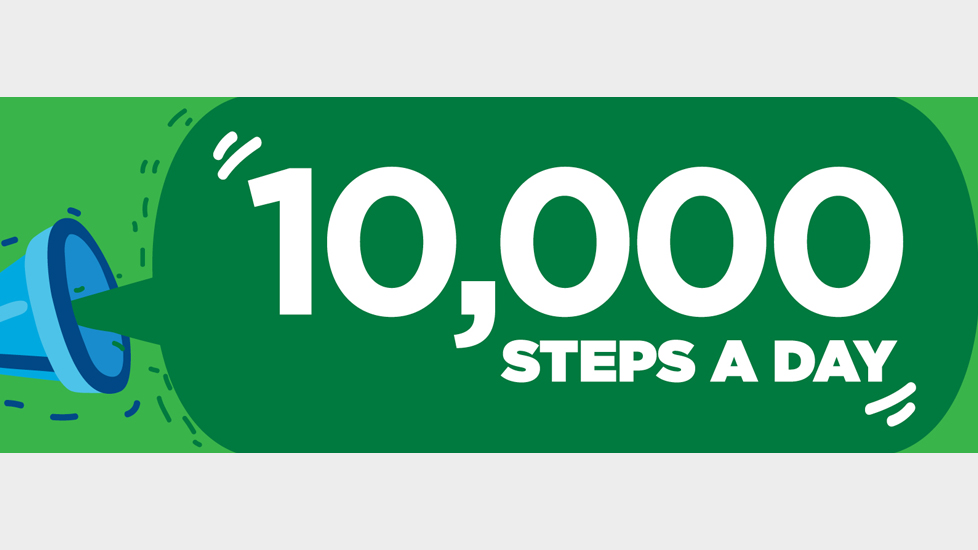Quality over quantity
In recent years, Singaporeans have clocked in some of the longest work hours in the world, with about 70% of the country’s professionals said to work longer than their contracted hours . Overworking is, unfortunately, a common phenomenon that does not just concern Singaporeans. Research has shown that overworked employees and employers - no matter their nationality - are often far less productive and more prone to burnout . This in turn increases the risk of developing potentially life-threatening heart and health conditions in the long run .
Yet in this day and age, modern society continues to equate busyness with success. We tend to believe that we are functioning at peak performance when we are busy, but is this really the case? Here at Cigna, we believe that having a good work-life balance is the better indicator. It keeps your employees happy and healthy, while also working to further your company’s overall productivity in the long run. To put more emphasis on the quality of work over the quantity, here are 3 ways that you can boost you and your employees’ productivity for a better work-life balance.
1. Implement a company or department-wide task list
More often than not, work overloads can boil down to having too many small and somewhat unnecessary tasks. When this happens, schedules can get cluttered and employees are more easily distracted from their main duties. Being able to implement group-coordinated task lists, in this case, can greatly help with target-setting by having your employees establish clear milestones, deadlines and priorities. This way, they can focus on the tasks that are more urgent and help keep each other accountable while doing so. With a plethora of such technology out there, why not try researching and leveraging on some of them to let your employees plan out and sync up their tasks seamlessly?
2. Promote a work culture that encourages short screen breaks
The second tip is particularly beneficial for employees that get tired, creatively-exhausted and/or drained. This can happen to the best of us from time to time, and the best way to address this is to allow for short and effective breaks. Breaks work differently for everyone. While some may just need a simple toilet break, others may do better with short walks and some fresh air. No matter what it may be, cultivating a work culture that encourages employees to take breaks without having to feel reluctant or guilty for doing so can be immensely beneficial in boosting overall productivity. After all, having a quick, five to ten minutes refresher can be a lot better than having to go through the rest of the work day feeling distracted, frustrated and uninspired.
3. Embrace flexible and remote work as much as possible
It should come as no surprise that different employees have different productivity peaks and troughs - the early-risers tend to work better in the morning, while the night owls are more efficient at night. Providing them with the option to work with a more flexible timing and location can help them to focus and get work done more efficiently, which ultimately aids in reducing stress and improving job satisfaction . There are also bonus benefits, such as letting your employees save time and money as they will no longer have to commute as frequently to and from work. The reduction of stress-inducing commutes may even prove to be a boon to their mental health .
Over to you
Supporting your employees in leading balanced, healthy work lives has undeniable benefits in terms of improving company efficiency. While the change in framework will inevitably vary from employer to employer, the core results stay the same: restructuring the working day to give employees greater focus and flexibility will result in less distractions, less stress—and more productivity. Subsequently, the reduction of inflexible working hours and job-related stress will mean that employees have more time and energy for their personal lives - something that is just as crucial for a healthy work-life balance.


